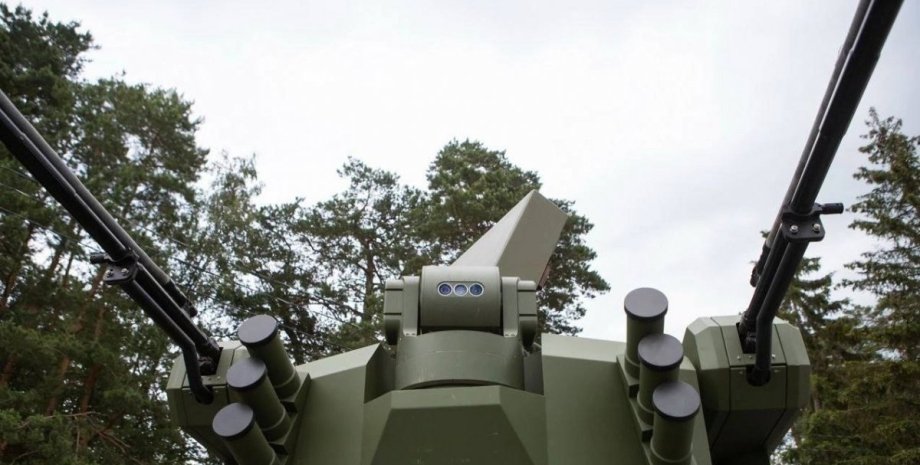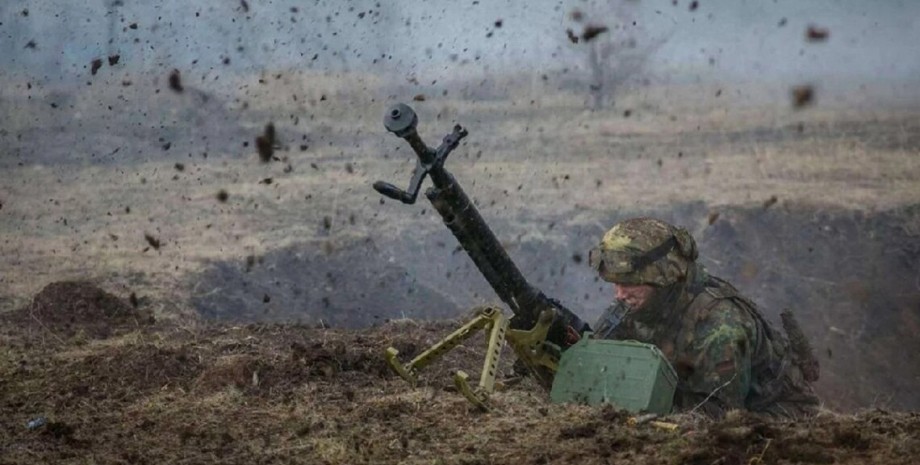
 By Victor Duda
By Victor Duda
Su-35 and F-16 fighters belong to 4 ++ generation, but realize their combat capabilities in different concepts. The American F-16 Fighting Falcon cannot surpass the Su-35 by maneuverability-the Russian fighter is equipped with a controlled thrust vector and can perform higher piloting figures that are inaccessible to most combat aircraft. However, the F-16 has another key advantage-it is built into the digital network-centered structure of NATO, which changes the very essence of air combat.
F-16 fighters of the latest modifications are equipped with an/APG-83 Sabr Radar with a range of detection up to 160 km, as well as a LINK-16 system-a tactical digital network that brings together planes, radars, UAVs and command points into a single information environment. Thanks to this system, the F-16 pilot is not only relied on its own radar-target data can come from aircraft of long-range radar detection (AWACS), ground RLS or reconnaissance drones.
First, it allows the F-16 to shine the enemy long before he finds him. Also in this situation, the fighter can release medium -range missiles without activating your own radar, reducing the likelihood of being noticed. Finally, LINK-16 allows you to quickly adapt to changing the situation by receiving updated data from other platforms. In turn, Su-35, despite the powerful radar "Irbis-E" with a range of detection up to 400 km, operates in isolation, without a full digital data exchange.
Its effectiveness is critical of visual contact or its own sensors. And in the conditions of radio electronic struggle it becomes vulnerability. Thus, in the air confrontation of the F-16 and Su-35, the Russian fighter will have an advantage in the melee due to the ability to perform excessive figures that are inaccessible F-16. And the American aircraft is more effective at long distances, especially during coordinated actions with allied platforms. Su-35: F-16 Fighting Falcon (Mod.










All rights reserved IN-Ukraine.info - 2022